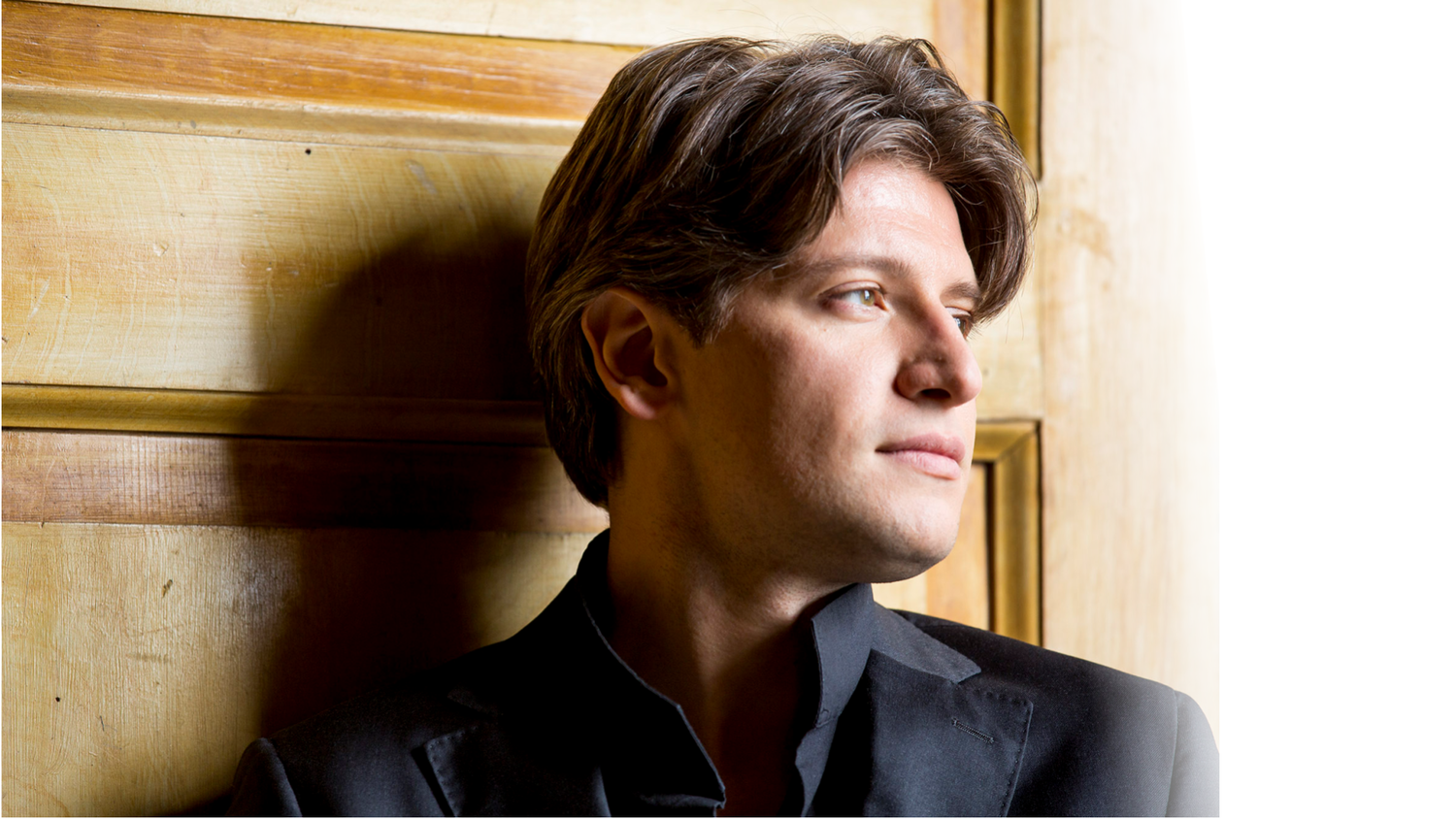Written for the Opéra Comique in Paris but not performed in the composer’s lifetime, Donizetti’s Rita labours under a number of disadvantages for modern audiences. I can’t have been the only person in the Charing Cross Theatre for whom the title conjured up a classic Paul McCartney song. More seriously, how much can we enjoy today a comedy centred on domestic abuse?
A one-acter for three singers with eight musical numbers linked by spoken dialogue, Rita presents a woman on her second marriage, her first husband having been lost at sea. Except he hasn’t, and he returns at an inconvenient moment, believing that she in her turn has died in a fire. All very humorous, and an archetypal comic situation used also in Sullivan’s Cox and Box and later in Hollywood films with Cary Grant and Doris Day. The difference here is that the woman was beaten by her first husband, and in her second marriage has got her retaliation in first, keeping the meek Beppe in line by the same method.
It could all be rather grim viewing today, but in fact only one fairly light blow is dealt on stage and Donizetti’s witty and melodious score, deftly performed by the Faust Chamber Orchestra under Mark Austin, keeps things bubbling along good-humouredly. Gustave Vaëz’s libretto isn’t perfect – the characters’ motivations become somewhat confused towards the end – but the piece could be a useful (and inexpensive) addition to any opera company’s repertory, especially in the reduced orchestration by director Alejandro Bonatto, who also provides the English translation.
Resplendent in magenta wig and killer red shoes, Laura Lolita Perešivana brought a strong vocal and dramatic presence to the title role, though I occasionally wondered if she could have shown more of the character’s inner vulnerability. Tenor Brenton Spiteri, suitably slight of physique, played the hapless Beppe with all the requisite musical and physical dexterity. As the unwelcome revenant Gasparo, Phil Wilcox contributed deft comic timing alongside considerable charisma and vocal warmth, lightening a character which could easily be merely obnoxious.
Nicolai Hart-Hansen’s simple but effective designs suggested a Fifties setting, with the inn evoked by three doors and a table and chairs. A large screen at the back showed a bucolic painting, which changed discreetly as the action progressed. The director kept the energy levels up with plenty of physical movement, though his fondness for having the cast push the doors around the stage at dramatic moments quickly palled. I wondered, too, if a little more verbal wit couldn’t have been injected into the English translation.
The piece was an enterprising choice for the subterranean Charing Cross Theatre, and in its stripped-down form suits the space well. It makes for an entertaining and tuneful hour and a quarter, and leaves plenty of time for a suitable Italian meal in the restaurant over the way.
At the Charing Cross Theatre until 20th August https://charingcrosstheatre.co.uk/theatre/rita
William Hale

 The Ulster Orchestra under Daniele Rustioni, making his Proms debut, were set a tricky challenge: an hour and half of available playing time, without interval. They filled this with a programme of broadly associated works, inasmuch as all were German and Romantic, but an eclectic selection for all that.
The Ulster Orchestra under Daniele Rustioni, making his Proms debut, were set a tricky challenge: an hour and half of available playing time, without interval. They filled this with a programme of broadly associated works, inasmuch as all were German and Romantic, but an eclectic selection for all that.